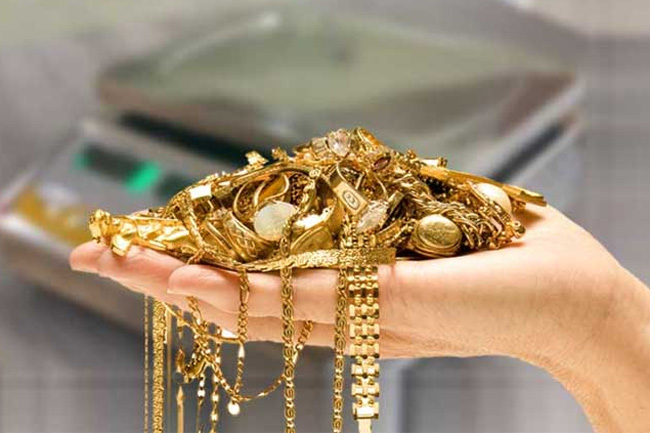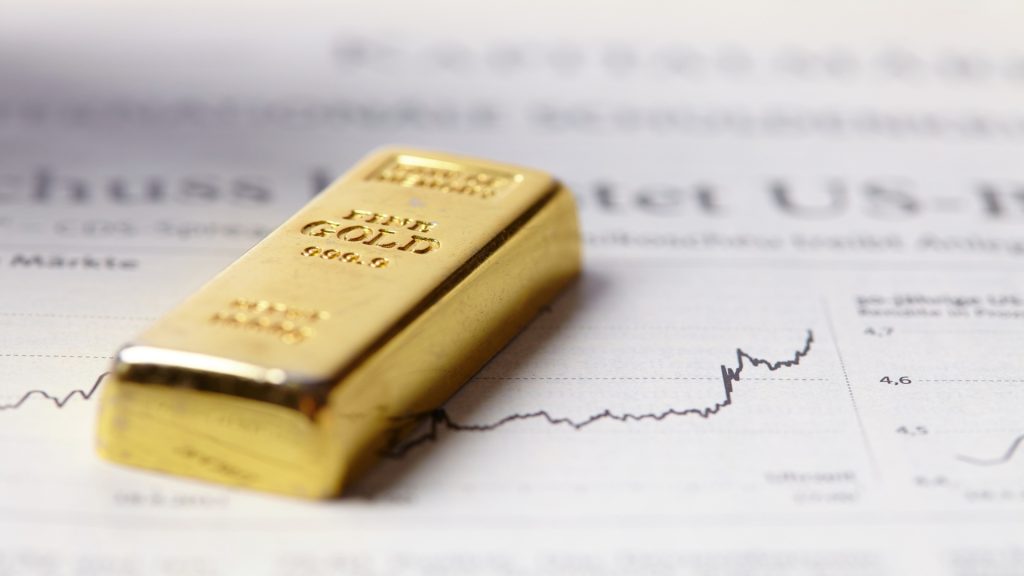


As you consider diving into the gold market in 2024, it’s vital to weigh your options between physical and paper gold. Each type comes with its own set of risks and benefits that can significantly impact your portfolio. You’ll need to think about secure storage solutions and understand the implications of different storage choices on your investment. While setting your budget, you should also be aware of the potential for high markups and scams that prey on uninformed buyers. The nuances of these decisions can influence your financial stability, so let’s explore how to navigate these waters effectively. What factors should you consider next in shaping your investment strategy?
Understand Physical Gold Benefits
Understanding the benefits of physical gold can significantly enhance your investment security and stability. When you hold physical gold, you’re not just owning a precious metal; you’re holding a piece of history that’s been a trusted store of value for over 5,000 years. Unlike paper gold, such as ETFs or futures, physical gold isn’t subject to counterparty risk. This means there’s no reliance on someone else’s ability to pay, giving you more control over your investment.
Physical gold and silver also provide a form of insurance against economic shifts, including de-dollarization. As economies fluctuate, gold retains its value, acting as a hedge against inflation and currency devaluation. It’s a tangible asset that you can physically possess, offering a unique kind of security that paper assets can’t match.
Moreover, investing in physical gold compels you to make deliberate financial decisions. It encourages you to save rather than spend, as you must have the funds upfront. This discipline can strengthen your overall financial strategy, ensuring you’re not just chasing speculative gains but are building a solid foundation for future stability.

Assess Ownership and Storage
When buying gold, you must ensure it’s under your direct and unenclosed ownership. This means the gold is yours alone and not shared with or owed to another party. Avoid unallocated holdings where your investment isn’t tied to specific bars or coins, exposing you to potential risks if the seller faces financial troubles.
Choosing the right jurisdiction for storing your gold is crucial. Opt for countries like Switzerland, Liechtenstein, or Singapore, known for their robust property rights and secure facilities. These locations offer a safer environment for your assets, reducing the risk of confiscation or legal issues.
Ensure the storage facility you select operates outside the banking system to further mitigate risks associated with bank failures or financial system shocks. Look for facilities that are LBMA-approved, ensuring they meet high standards for security and product quality.
Select the Right Gold Products
Choosing the right gold products is crucial for maximizing your investment’s security and liquidity. You’ll want to focus on purchasing the most liquid forms of gold, such as widely recognized gold coins and standard gold bars. Gold coins like the Canadian Maple Leaf or Austrian Philharmonic are particularly desirable due to their legal tender status and worldwide recognition. These coins are easily tradable and their purity and weight are guaranteed, which can provide you with additional peace of mind.
When selecting gold bars, opt for those that are widely accepted and come from reputable mints. Bars should also be stamped with their purity, weight, and the mint’s mark. This standardization ensures that the bars are easily sellable and that they maintain their value over time.
It’s also essential to buy directly from reputable dealers. This avoids the high markups that can come with less scrupulous vendors and ensures that you’re getting genuine, high-quality products. Remember, while numismatic coins may seem appealing due to their rarity and design, they require a deep understanding of the market to avoid overpaying. Stick to straightforward, well-known products for more secure and liquid investments.
Financial Planning for Gold Purchase
Before you invest in gold, it’s crucial to ensure your financial foundation is solid, with savings that are securely yours. You’ve got to have a buffer—sufficient emergency funds that cover at least three to six months of living expenses. This ensures you’re not caught off-guard by unexpected financial demands, which could force you to liquidate your gold investment prematurely, potentially at a loss.
Next, you’ll need to consider how much of your total investment portfolio you want to allocate to gold. Financial experts generally recommend keeping it between 5% and 15%. This helps maintain a balanced portfolio, providing a hedge against inflation while still capitalizing on the growth potential of other investment types like stocks and bonds.
When you’re ready to buy, use existing savings instead of credit. This avoids unnecessary debt and interest payments, which can erode your investment gains. Remember, gold should be purchased as a part of a diversified investment strategy, not as a quick fix for financial issues or a gamble on market timing.

Stay Updated on Market Trends
To effectively navigate the gold market, it’s essential you stay informed about current economic trends and market conditions. You need to monitor several factors that directly impact gold prices. Keep an eye on global economic policies, currency fluctuations, and central bank activities, as these elements can cause significant shifts in gold demand and supply dynamics.
Additionally, it’s crucial you’re aware of geopolitical events, such as political instability, wars, or economic sanctions, since these can also affect gold prices. Such events often drive investors towards gold as a safe haven, pushing prices up due to increased demand.
You should also pay attention to inflation rates. Gold is traditionally seen as a hedge against inflation. When inflation rises, the value of currency falls, and more investors turn to gold, increasing its price. Conversely, deflationary periods may see gold’s price drop as currency value increases.
Regularly checking gold prices on reputable financial news websites will give you insights into short-term market trends. This practice helps you to identify the best times to buy or sell. Remember, staying updated isn’t just about watching numbers fluctuate; it’s about understanding why changes occur and anticipating how they might influence future market conditions.
Read More About How To Know If Gold Is Real
Consult Professional Advisors
Consulting with professional advisors can significantly enhance your understanding and strategy when investing in gold. These experts, specializing in precious metals, offer tailored advice that aligns with your financial goals and risk tolerance. It’s crucial you choose advisors with a strong track record and deep knowledge of both the physical and paper gold markets.
When you’re ready to buy, a financial advisor can help you determine the best options based on current market conditions and your personal investment objectives. They’ll guide you through various products, from gold coins and bars to ETFs, and help you understand the nuances of each. Advisors also ensure you’re aware of all legal compliance issues, helping to safeguard your investment from potential legal and tax complications.
Furthermore, they can assist in setting up a balanced portfolio, advising on the appropriate percentage of your assets to be held in gold to optimize safety and growth potential. This diversification strategy is vital for mitigating risks associated with market volatility.

Explore Global Economic Impacts
As global economic trends evolve, it’s crucial to understand how these changes can impact gold prices and your investment strategy. Economic downturns, inflation rates, and geopolitical tensions can significantly influence the value of gold. For instance, during times of economic uncertainty, gold prices typically rise as investors seek safe-haven assets. Conversely, when economies are strong, gold may not perform as well, since other investments like stocks or real estate could offer better returns.
You should keep an eye on central banks’ activities; their decisions on interest rates and monetary policy can make a big difference. If a central bank decides to increase its gold reserves, this could drive up gold prices globally. Similarly, currency devaluations can lead to higher gold prices as people look for more stable stores of value.
Monitoring these global economic indicators isn’t just about watching numbers change. It’s about connecting the dots between international events and your personal gold investment strategy. By staying informed, you can make more educated decisions about when to buy or sell gold, ensuring your portfolio remains robust against global economic shifts. Always consider how each piece of economic data can directly affect the markets and, ultimately, your investments.

Conclusion
As you venture into buying gold in 2024, remember to weigh the advantages of physical versus paper gold, and choose your storage wisely to protect your investment. Stick to your budget, be selective about the products, and stay vigilant against overpricing and scams.
Keeping abreast of market trends and consulting with professionals can greatly aid your decision-making. Finally, consider the global economic landscape to fully optimize your gold investment for growth and stability.
Make smart choices, and invest wisely!

